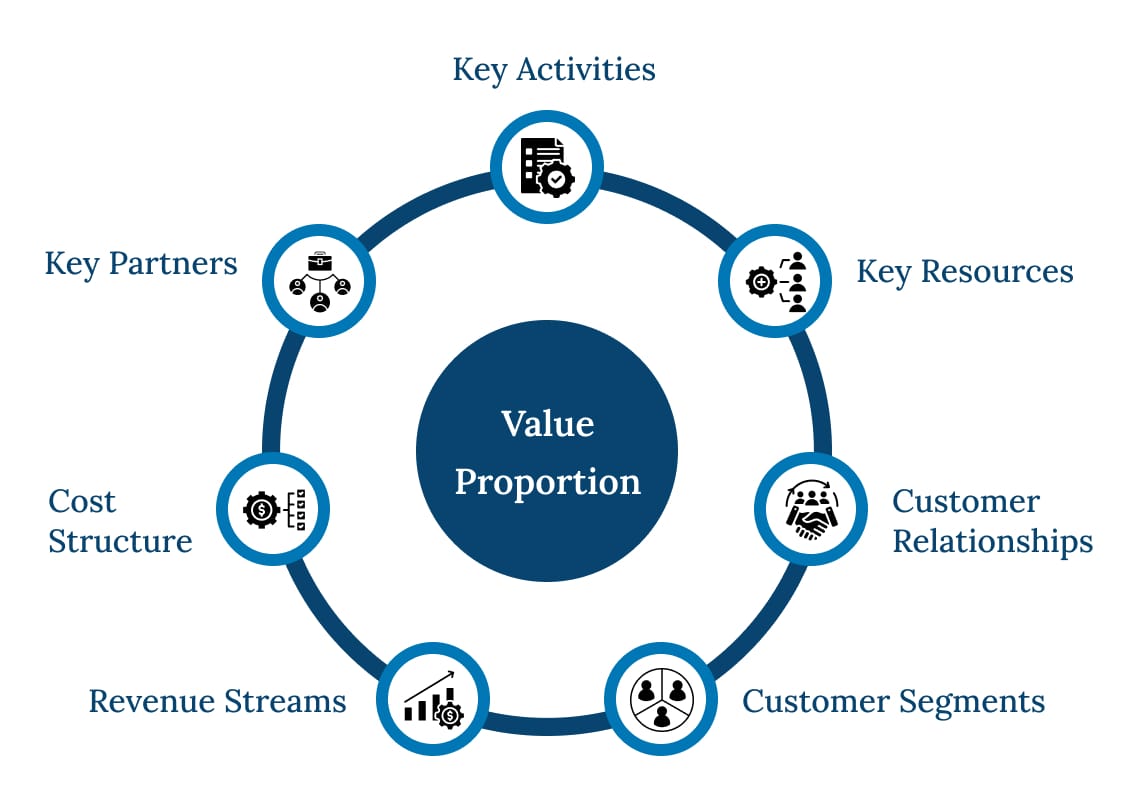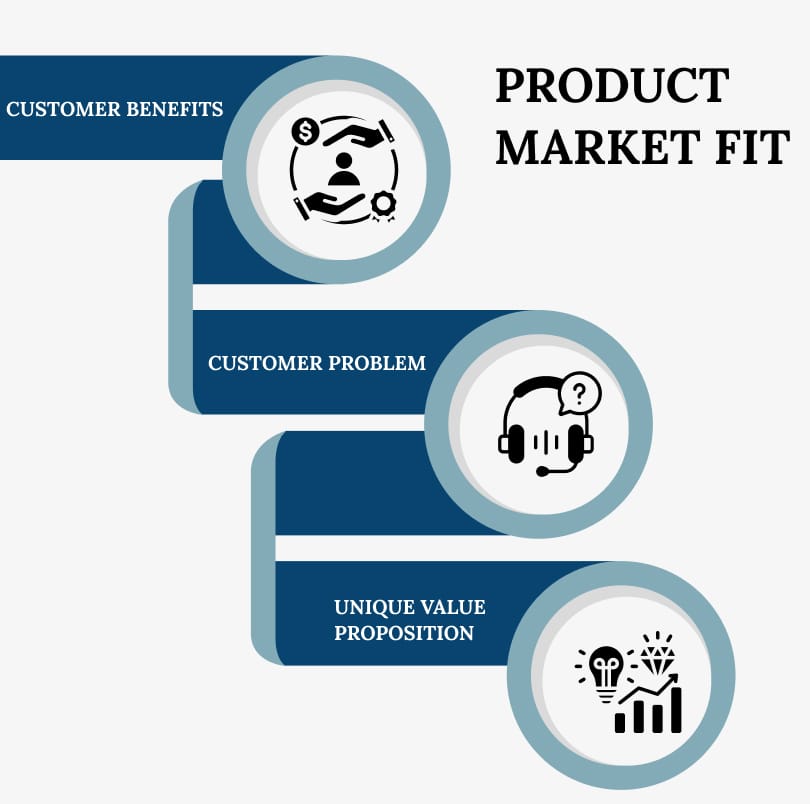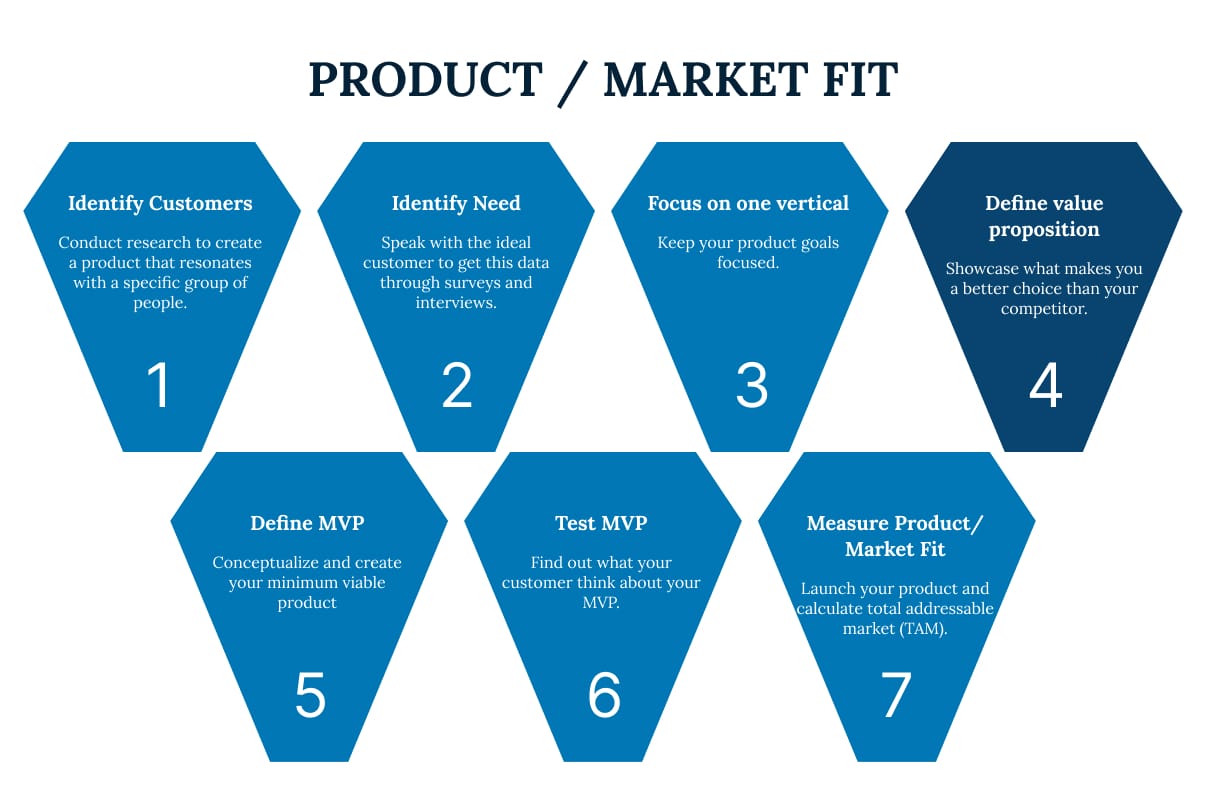Imagine you are a product manager at a bustling tech startup. You are excited all about your new product, and you want to share that excitement. You describe it, and the message doesn't seem to stick. What's missing? The truth is that crafting a value proposition isn't just listing features; it is creating a story. Let us dive into the art of how to make a value proposition that just can't be passed by.
Why is a Value Proposition Important?
First off, let's ask ourselves: What is a value proposition, and why is it so important? Your value proposition is the promise of your product to solve a problem for customers better than any alternative. Core to product strategy, yet somehow there's a ton of misconception around it—everyone seems to define it differently, and popular canvases sometimes help to muddy things further. Understanding your competitive advantage and customer success can clarify this.

What Makes a Good Value Proposition?
So, what does a good value proposition look like? It should answer six key questions:
Who is it a Value For?
Imagine Sarah, a project manager at a growing software company. She's struggling to keep her team coordinated using old tools. Sarah is your target audience. After all, understanding her needs and the problems she is going through is what one would call the first step in creating a value proposition that would resound.
Why is it Important?
This is what Sarah does: get one seamless flow of project tracking, improve team communication, and manage deadlines efficiently. These are her "jobs to be done." Knowing why your product is important helps to bring an element of tailoring into the message, enhancing customer success.
What Before?
Before discovering your product, Sarah maintains Excel spreadsheets. It is laborious, full of mistakes, and not collaborative in real-time. This is the problem state you are solving, a crucial aspect of product development.
How?
Now, introduce your product—a powerful project management tool like Jira. It has intuitive features such as Kanban board view, real-time updates, and integration with other tools, features that would directly answer most of Sarah's pain points. This showcases product differentiation.
What After?
With your tool, Sarah achieves better collaboration with her team, beats deadlines on projects more regularly, and reduces administrative burden almost significantly. These are just some of the tangible benefits and results your product can bring about, leading to customer value.

Alternatives
Finally, let's look at the alternatives. Yes, there are other similar tools like Trello or Asana, but with advanced reporting and customized workflows in your tool, you can differentiate yourself on price. These strong selling points distinguish your product in the marketplace, highlighting your competitive advantage.
Why is this Format Effective?
This format allows you to tell a story. Value propositions are not just for aligning teams internally but are also integral to your product strategy. Remember, designing a value proposition is not a one-time exercise. It's an ongoing process of learning, iterating, experimenting, and improving based on feedback.
How to Realize Your Value Proposition
To really nail your value proposition, make sure your product does this:
- Solves particular customer pain points better than the competition: Be sure that your product gives your customers a clear, better solution to their issues.
- The product messaging should be effective: Your messaging must be clear and compelling.
- It onboards customers fast and makes them experience the "aha moment" right away.
- Reliable benefits, as promised: the key to long-term trust and satisfaction.

Examples in Action
Let’s put this into action with some examples:
Example 1: Slack for Team Communication
- Who: Remote teams needing seamless communication.
- Why: To foster better team collaboration and reduce email dependency.
- What Before: Teams relied on lengthy email chains and multiple communication tools.
- How: Slack offers channels, direct messaging, integrations with other tools, and real-time notifications.
- What After: Teams experience faster communication, better project management, and a more cohesive work environment.
- Alternatives: Compared to Microsoft Teams, Slack’s unique value is its simplicity and extensive third-party integrations at a competitive price, showcasing its value proposition examples.
Example 2: Zoom for Video Conferencing
- Who: Businesses needing reliable video communication.
- Why: To facilitate virtual meetings and webinars efficiently.
- What Before: Companies used inconsistent and often unreliable video platforms.
- How: Zoom provides high-quality video, easy scheduling, and robust security features.
- What After: Businesses achieve smoother, more professional virtual meetings and improved team connectivity.
- Alternatives: Compared to Skype, Zoom’s unique value includes superior video quality, user-friendly interface, and scalability at an attractive price point, serving as a prime value proposition template.
Conclusion
Crafting an effective value proposition isn’t just about listing features; it’s about narrating a story that highlights your product’s unique benefits and its impact on the target audience. By continuously refining your value proposition, you ensure your product remains relevant, competitive, and indispensable to your users.
Remember, a well-defined value proposition is your product’s promise to solve a problem better than any alternative. It's your story—make it compelling!
